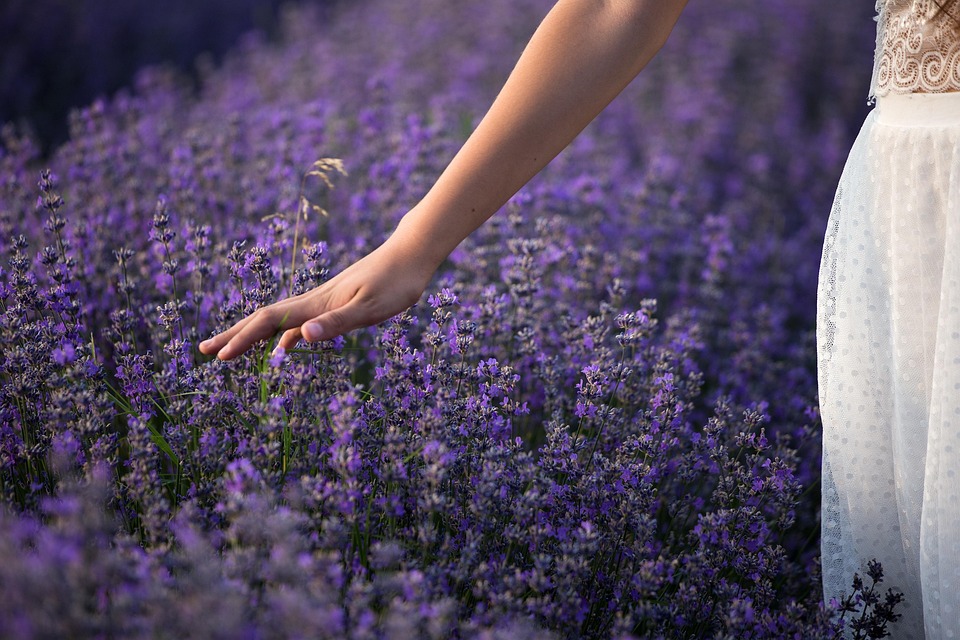The Ultimate Guide to Thriving Indoor Plants: Tips for a Lush and Vibrant Home Garden
Indoor plants not only add beauty and life to your home, but they also have numerous health benefits. From improving air quality to reducing stress levels, having a lush and vibrant indoor garden can enhance your overall well-being. Whether you are a seasoned plant parent or just starting out, this ultimate guide will provide you with valuable tips for growing healthy and thriving indoor plants.
Choosing the Right Plants
When selecting plants for your indoor garden, it’s important to consider factors such as light levels, humidity, and temperature. Some popular indoor plants that are known for their low maintenance and adaptability include pothos, spider plants, snake plants, and peace lilies. These plants can thrive in a variety of conditions and are perfect for beginners.
Light Requirements
One of the most important factors to consider when choosing indoor plants is their light requirements. Different plants have varying levels of light needs, so it’s crucial to place them in the right spot to ensure they receive adequate sunlight. For example, plants like succulents and cacti thrive in bright, indirect light, while ferns and prayer plants prefer low light conditions.
Watering and Humidity
Overwatering is one of the most common mistakes that plant owners make, leading to root rot and other issues. It’s essential to water your plants only when the top inch of soil is dry to the touch. Additionally, some plants require higher humidity levels to thrive, so consider placing a humidifier near your indoor garden or misting your plants regularly.
Caring for Your Indoor Plants
Proper care and maintenance are essential for the health and longevity of your indoor plants. Here are some tips to help you keep your plants thriving:
Regular Watering
As mentioned earlier, overwatering can be detrimental to your plants. To avoid this, only water your plants when the soil is dry, and make sure to drain any excess water from the saucer to prevent root rot. Some plants may require more frequent watering, so be sure to research the specific needs of each plant in your indoor garden.
Fertilizing
During the growing season, it’s important to fertilize your plants to provide them with essential nutrients. Choose a balanced fertilizer and follow the instructions on the packaging for the best results. Be mindful not to overfertilize, as this can lead to nutrient burn and other issues.
Pruning and Grooming
Regular pruning and grooming can help promote healthy growth and prevent overcrowding in your indoor garden. Remove any dead or yellowing leaves, as well as any stems that are leggy or overgrown. This will encourage new growth and keep your plants looking neat and tidy.
Troubleshooting Common Issues
Even with the best care, indoor plants can still encounter problems such as pests, diseases, and nutrient deficiencies. Here are some common issues and how to address them:
Pest Infestations
Common pests that can affect indoor plants include spider mites, aphids, and mealybugs. To combat these pests, you can use natural remedies such as neem oil or insecticidal soap. It’s important to catch infestations early and treat them promptly to prevent further damage to your plants.
Diseases
Plant diseases such as powdery mildew and root rot can be caused by overwatering, poor ventilation, or contaminated soil. To prevent diseases, make sure to provide proper air circulation, avoid overcrowding your plants, and use sterile soil when repotting. If your plants do become diseased, remove and dispose of affected parts to prevent the spread of infection.
Nutrient Deficiencies
If your plants are showing signs of yellowing leaves, stunted growth, or leaf discoloration, they may be experiencing nutrient deficiencies. To address this issue, consider fertilizing your plants with a balanced fertilizer or adding specific nutrients such as iron or magnesium. It’s essential to diagnose the deficiency correctly to provide the necessary nutrients for your plants to thrive.
Creating an Indoor Garden Oasis
With the right care and attention, you can transform your home into a lush and vibrant oasis filled with beautiful indoor plants. Experiment with different plant varieties, arrangements, and containers to create a unique and inviting indoor garden that reflects your personality and style.
Displaying Your Plants
Consider using a variety of containers such as ceramic pots, hanging baskets, or terrariums to showcase your plants in different ways. Group plants together to create a mini jungle or place them strategically around your home to add pops of greenery to every room. Don’t be afraid to get creative and mix and match different plant species to create a visually appealing indoor garden.
Personalizing Your Space
Your indoor garden is an extension of your home, so don’t be afraid to personalize it with decorative elements such as plant stands, macrame hangers, or fairy lights. Incorporate your plants into your existing decor by choosing pots and containers that complement your interior style and color scheme. The possibilities are endless when it comes to creating a unique and personalized indoor garden oasis.
Conclusion
Growing indoor plants can be a rewarding and fulfilling experience that brings beauty, tranquility, and health benefits to your home. By following the tips and guidelines outlined in this ultimate guide, you can create a lush and vibrant indoor garden that thrives year-round. Remember to choose the right plants for your space, provide proper care and maintenance, and troubleshoot any issues that may arise to ensure the success of your indoor garden. With a little time and effort, you can enjoy a green and flourishing oasis right in the comfort of your own home.
Start your indoor garden journey today and watch as your home transforms into a lush and vibrant sanctuary filled with beautiful plants and positive energy.


















































